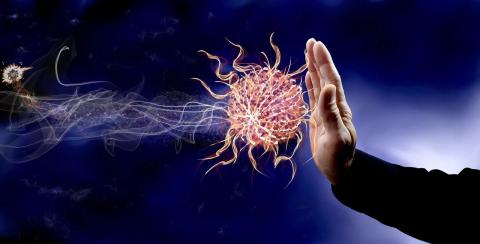The scientific world always seeks to break established barriers. To do this, scientists and engineers work together, designing and creating new machines capable of unlocking the inscrutable mysteries of the universe.
The world’s most powerful X-ray laser is ready to go after years of work by your team. We are talking about the 2.0 model, now better, more powerful and more precise. Nothing to do with the classic medical x-rays, this is to do science.
The LCLS-II, a powerful enhancement to Stanford’s Linac Coherent Light Source (LCLS), uses temperatures cooler than deep space to accelerate electrons to near the speed of light and fire a million bursts of X-rays per second.
The LCLS-II is what is known as a hard X-ray free electron laser (XFEL), an instrument designed to obtain images of microscopic objects in high resolution and on ultrafast timescales. You could even detect the photosynthesis of a plant.
Its predecessor was used to image viruses, recreate the conditions of the center of a starboil water into plasma states hotter than Earth’s core, create the loudest sound possible, and make the kind of “rain of diamonds” that could fall on planets like Neptune.
The second phase of the instrument, just completed, will be capable of much more. The LCLS-II’s X-ray pulses will be, on average, 10,000 times brighter than those of its predecessor, firing a million of them every second.which is a huge increase over the original’s meager 120 beats per second.
“Data that could previously take months to collect can be produced in minutes. It will take X-ray science to the next level, paving the way for a whole new range of studies and advancing our ability to develop breakthrough technologies.“, explains Mike Dunne, director of the LCLS.
The LCLS-II works in the same basic way as the first generation: the electrons are generated and then accelerated down a long tube, before entering an “inverter” that wobbles them until they shoot X-rays from side to side. But every step of this process has been improved.
The biggest revision is to the throttle located in the center. Whereas before electrons were shot through a copper tube at room temperature, the LCLS-II uses an array of 37 cryomodules to cool the equipment down to -271°C, a hair above absolute zero.
Once the cryomodules have reached their low temperature in April, the instrument is ready to be tested with the first electrons, the team says.
LCLS-II is expected to start producing X-rays later this year. Once it does, the facility is expected to provide new insights into chemistry, biology, computer science, and quantum mechanics.
George is Digismak’s reported cum editor with 13 years of experience in Journalism

